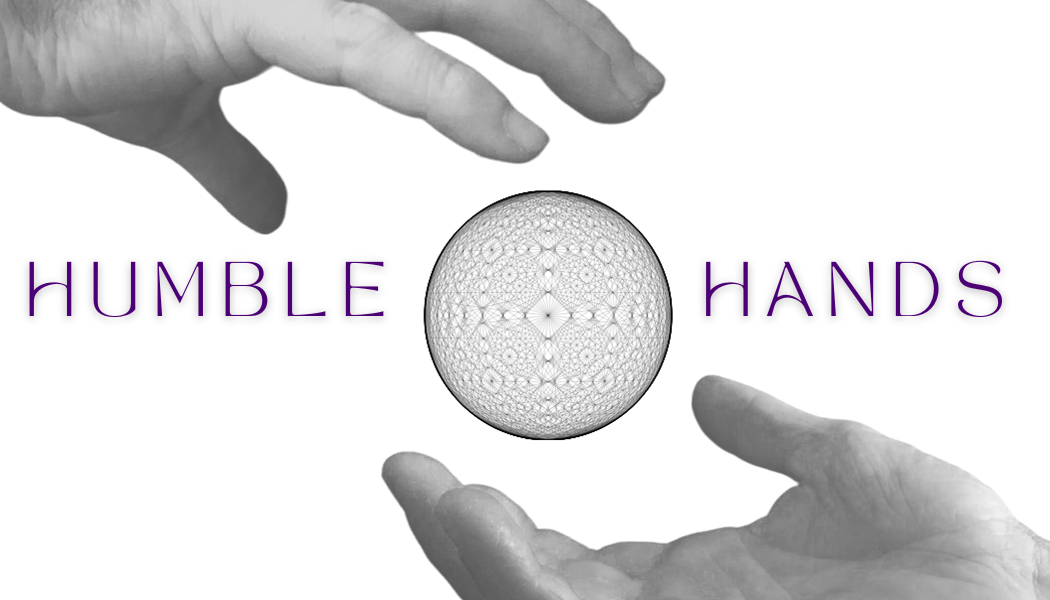Dural Tube Glide in the Spine, and How Restrictions Impede Overall Health
Ready for a crash course in the dural tube and spine?! What the heck is a “dural tube”?? Well apparently it’s not even well known enough to come through on spellcheck (I’m writing this and seeing the squiggly red line appear under the word “dural” haha).
Maybe you’ve heard of the dura mater? The dura mater is a protective membrane that surrounds the brain and spinal cord. As this layer passes through the foramen magnum - the opening at the base of the skull - it surrounds the spinal cord and becomes the dural tube, or dural sheath. The spinal cord, and thus the dural tube, travels all the way down the spine through each vertebrae to the sacrum, and attaches finally to the coccyx - the tail bone. Turns out that little ol’ tail bone can be a key factor to optimal spinal and full-body health!
A certain amount of glide should be available between the dural tube and the inner layer of each vertebrae. This allows for smooth movement within the spine as you move your body around each and every day. For one reason or another however, the outer layer of the spinal cord can get stuck to the inner vertebrae - essentially losing its ability to glide. Once this has happened, now any time it should glide - basically any time you move your body - there is an inappropriate pull on the vertebrae it is stuck to. While subtle at first, this restriction starts to pull on the surrounding vertebrae, musculature, nervous and cardiovascular systems, which in turn can begin to pull on structures all throughout the body. A dural tube restriction at the base of your neck can even result in a length length difference - causing an imbalance in the hips, creating pain through the low back and knees, and diminishing your ability to twist and turn.
How does the dural tube get stuck to a vertebrae in the first place? Well there are many possibilities: an accident or crash with whiplash, poor posture, sitting - or standing - for hours at a desk for work, a fall while skiing, a tackle during sports, or a combination of all. Dural restrictions are very common and often overlooked!!!
The good news? These restrictions are also quite easy and simple to release! By gently manipulating the dural tube and the attached vertebrae, we can begin to floss the tube loose and bring back proper glide! This allows for a massive softening of systems throughout the body - creating better blood flow, un-pinching nerves, relaxing muscles and opening joints.
Again, these dural restrictions show up all the time in practice, and there are often great immediate results after releasing them!
If you have questions about this or think you may have a few spinal restrictions please reach out! This is a gentle treatment and works wonders!
Check out this link as well for a more in-depth study on the dura:
https://www.albt.co.uk/post/an-brief-explanation-of-cranio-dural-stress-syndrome
Stay tuned for more anatomy breakdowns and common - but rarely treated - restrictions throughout the body.
